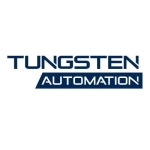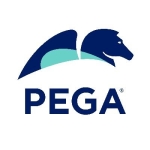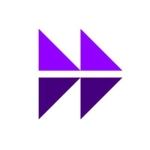This solution has improved a lot in our organization. Many departments have started automating their daily manual tasks, which involve repetitive and rule-based jobs.
Cost-Effectiveness: There will be no lunch breaks, holidays, sick leave, or shift time allocated for robotic automation. It can be set to work on a repetitive cycle, and as long as it is maintained correctly, it will continue to do so until programmed otherwise. This eliminates the risk of RSI occurring.
Increased Productivity: Using robotic automation to tackle repetitive tasks makes complete sense. Robots are designed to make repetitive movements. Humans, also by design, are not.
Giving staff members the opportunity to expand on their skills and work in other areas will create a better environment in which the business as a whole will benefit. With higher energy levels and more focus put into their work, the product can only improve, which will also lead to extremely satisfied clients.
The most valuable features for us are:
- Citrix recorder
- UI Explorer
- I used to connect using remote desktop and automated it using image automation.
- The cloud deployment option is particularly attractive to some customers for its flexibility and scalability, along with customary thin client advantages.
The user access management could be improved such that we are able to set up user rights in a more sophisticated way. In the current version, if you grant, for example, Execute access to a user, it can execute all robotized processes in the given environment. You cannot specify the rights at the process-level.
I have been using UiPath since August 2016.
Before using RPA, we did the work manually. Once we became aware of this solution we tried to automate our work and achieved success. This has made our lives easier.
The increase in production at a lower cost produces obvious benefits for any manufacturer. The cost of investment can be recovered in a relatively short space of time and the gains from that point onwards are exponential, to say the least.
The initial investment cost is expensive, but I promise you guys this will be very helpful as we can easily automate applications and our productivity has increased.
I didn't evaluate any other option, rather I directly chose UiPath and started working. It proved my decision correct and I can say it's the leading RPA tool in our market now.

















